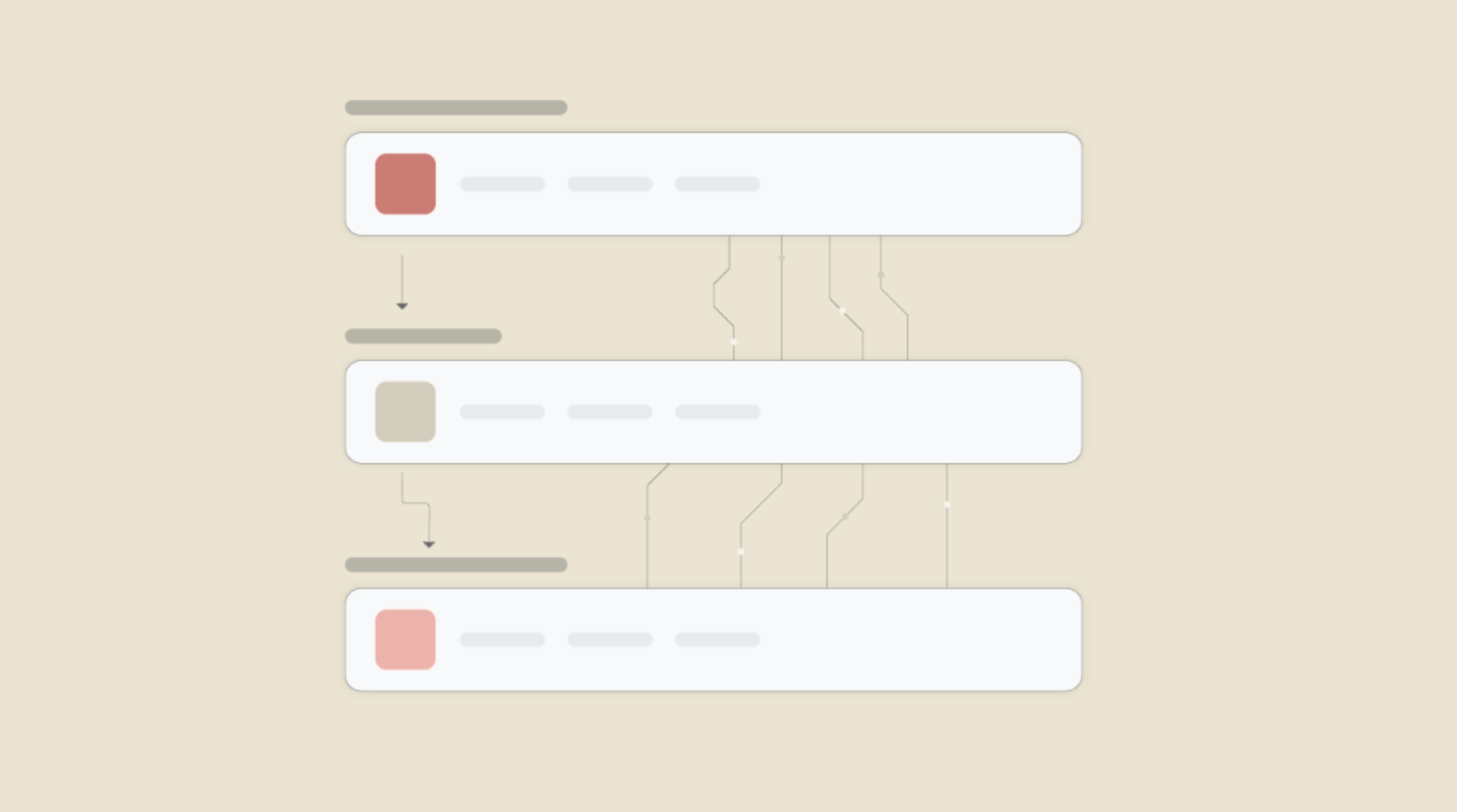Connect Google Docs and Sentry to Build Intelligent Automations
Choose a Trigger

When this happens...

New Document
Choose an Action

Automatically do this!

Create a New Team

Create a New Project

Add a Team to a Project

Update a Project

Delete a Project

Delete a Team from a Project

Create a New Dashboard for an Organization

Delete an Organization's Custom Dashboard
Ready to use Google Docs and Sentry automations
Explore more automations built by businesses and experts
Automate Instagram Comment Replies with Smart DMs
- text is ai
 ReplytoComment
ReplytoComment Send a Private ReplyAdd Step
Send a Private ReplyAdd Step - Is guide comment
 ReplytoComment Guide
ReplytoComment Guide Send a Private Reply GuideAdd Step
Send a Private Reply GuideAdd Step - multi keyword matchcmntdqJzLMYS
 ReplytoCommentMultiKeywordAdd Step
ReplytoCommentMultiKeywordAdd Step
Automate Expense Report Approvals via Slack & QuickBooks
- Send for Approval accept
 Create Entry of expensesAdd Step
Create Entry of expensesAdd Step - Send for reject
 Mail for RejectionAdd Step
Mail for RejectionAdd Step
Automate Instagram DM Replies, Reactions, and Team Alerts
- has response
 SendDMMessageAdd Step
SendDMMessageAdd Step - Notify team
 SendMailAdd Step
SendMailAdd Step - has react
 SendDMMessage ReactAdd Step
SendDMMessage ReactAdd Step
Actions and Triggers
When this happensTriggers
A trigger is an event that starts a workflow.
New Document
Lists Google Docs created within the specified recent time window (default 15 minutes).
Project Organization New Members
Triggers list of active organization members that belong to any team assigned to the project.
New Project
Return a list of projects created in given scheduled time.
Organization New Repositories
Return a list of repositories for a given organization.
Get Active Issue Alerts
Fetches all active issue alert rules for a project in Sentry.
Get Organization Metric Alerts
Fetches all active metric alert rules for your organization.
Do thisActions
Action is the task that follows automatically within your Google Docs integrations.
Create Document From Text
Create a new Google Doc with the given title and content, optionally saving it to a specified Google Drive folder. Returns the document ID, edit URL, and export links.
Append Text to Document
Insert the provided text into the selected Google Docs document, optionally placing it on a new line.
Create Document From Template
Create a Google Doc from a chosen template, replace template tags with provided values, optionally save it to a folder, and optionally share it with a user or anyone with the link.
Get Content of a Document
Retrieve the document's title and plain-text content from Google Docs using its document ID.
Create a New Team
Create a new team bound to an organization.
Create a New Project
Create a new project bound to a team.
Know More About Google Docs and Sentry Integrations

How viaSocket Works | A Complete Guide
Gain insights into how viaSocket functions through our detailed guide. Understand its key features and benefits to maximize your experience and efficiency.

5 Simple Automation Hacks to Make Your Team Free
Unlock your team's potential with 5 straightforward automation hacks designed to streamline processes and free up valuable time for more important work.

What is Workflow Automation - Definition, Importance & Benefits | A Complete Guide
Workflow automation is the process of using technology to execute repetitive tasks with minimal human intervention, creating a seamless flow of activities.
Step by step guides to integrate Google Docs and Sentry
Frequently Asked Questions
To start, connect both your Google Docs and Sentry accounts to viaSocket. Once connected, you can set up a workflow where an event in Google Docs triggers actions in Sentry (or vice versa).
Absolutely. You can customize how Google Docs data is recorded in Sentry. This includes choosing which data fields go into which fields of Sentry, setting up custom formats, and filtering out unwanted information.
The data sync between Google Docs and Sentry typically happens in real-time through instant triggers. And a maximum of 15 minutes in case of a scheduled trigger.
Yes, viaSocket allows you to add custom logic or use built-in filters to modify data according to your needs.
Yes, you can set conditional logic to control the flow of data between Google Docs and Sentry. For instance, you can specify that data should only be sent if certain conditions are met, or you can create if/else statements to manage different outcomes.
About Google Docs
Google Docs is an online word processor that lets you create and format text documents. Collaboratively edit documents with other people in real time. We also support Google Sheets!
Learn MoreAbout Sentry
Sentry is a powerful error tracking and performance monitoring tool designed for developers to identify and fix issues in real-time. It provides detailed insights into application errors, performance bottlenecks, and user impact, enabling teams to enhance their software's reliability and user experience.
Learn More